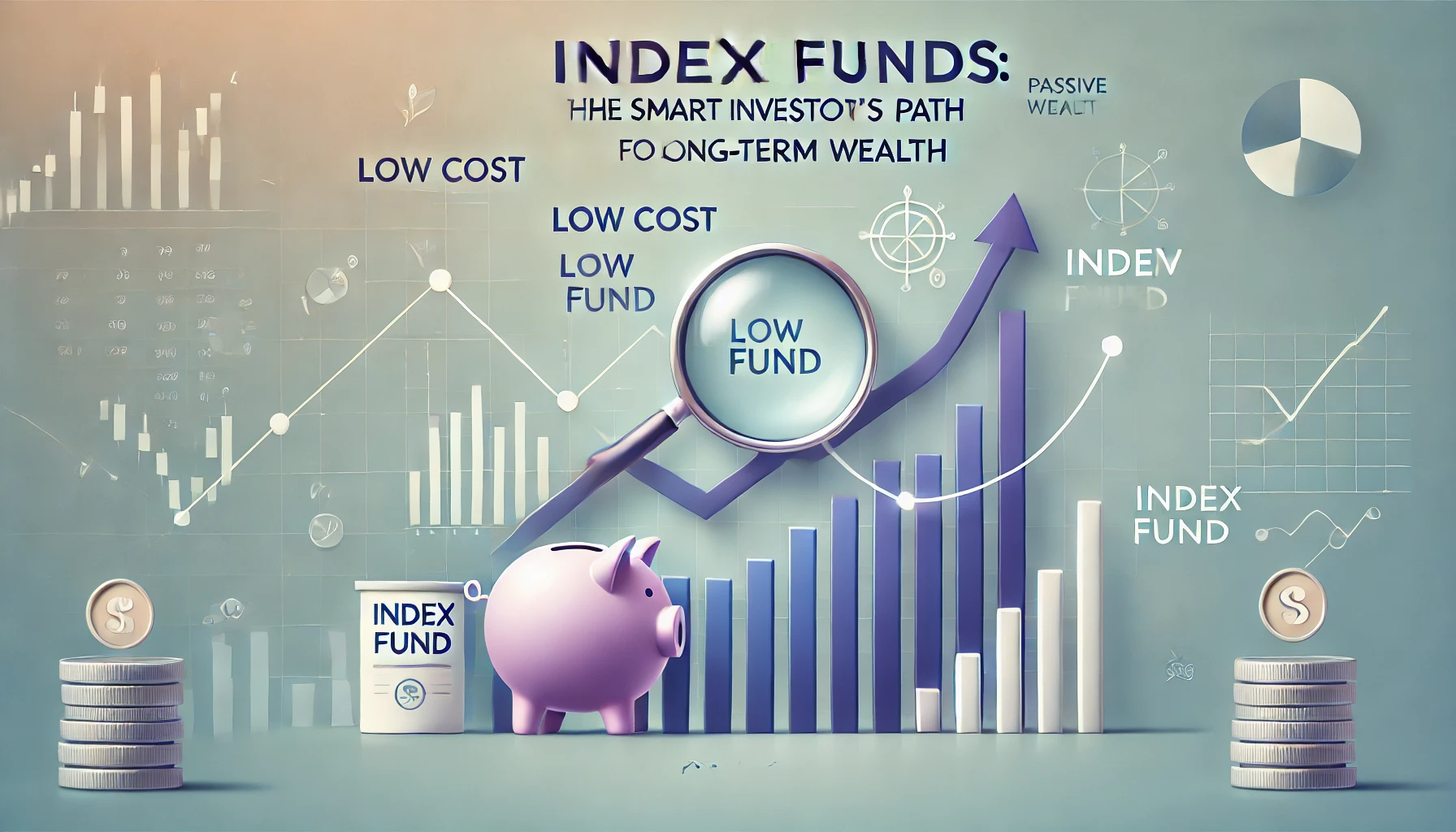Why Index Funds Are the Go-To Choice for Smart Investors
If you’re looking to keep your equity investments simple yet effective, index funds are your best bet. These funds follow a passive investment strategy, meaning they mirror a benchmark index rather than relying on constant buying and selling by fund managers. This passive approach not only makes index funds more cost-efficient but also ensures that their performance is directly linked to the market.
However, while index funds are managed differently, they function just like any other equity mutual fund. The key question remains: How long should you stay invested to maximize returns? Let’s dive into the data to find out.
How Long Should You Stay Invested in Index Funds?
Conventional wisdom suggests that equity investments work best over the long term—but how long is “long-term”? Is five years enough, or should you stay invested for longer?
The Magic Number: 7 Years or More
Historical data shows that to minimize risks and maximize gains, you should stay invested in index funds for at least 7 years. Let’s look at the rolling returns of the NIFTY 50 TRI index over different time frames:
| Investment Tenure | Minimum Return (%) | Average Return (%) |
|---|---|---|
| Any 5 Years | -1.03 | 15.43 |
| Any 7 Years | 4.89 | 14.95 |
| Any 10 Years | 5.13 | 14.22 |
| Any 15 Years | 9.00 | 14.45 |
(Data from 1992 to 2022)
What This Means for You
- If you stayed invested for 5 years, there was still a chance of negative returns.
- If you invested for 7 years or more, your chances of making a loss dropped to zero.
- Over any 7-year period, you would have earned an average return of 14.95%, proving the power of long-term investing.
This happens because stock markets experience short-term volatility, but over a longer horizon, these fluctuations balance out, leading to smoother and more consistent gains.
But what about the endgame? Let’s talk about how to exit your investments smartly.
Planning Your Exit Strategy: How to Secure Your Gains
Investing is only half the battle—the other half is knowing when and how to exit. Exiting at the wrong time or without a strategy can lead to unnecessary losses, taxes, or exit loads.
The Golden Rule: Exit Gradually, Not All at Once
As you approach your financial goal, shift your investments from riskier equity to safer debt instruments. Doing this systematically over a few years protects your capital.
Example: A Gradual Exit Strategy
Imagine your portfolio starts with 60% equity and 40% debt. Over the next four years, you can slowly rebalance your investments:
| Year | Equity Allocation (%) | Debt Allocation (%) |
|---|---|---|
| Year 1 | 60 | 40 |
| Year 2 | 45 | 55 |
| Year 3 | 30 | 70 |
| Year 4 | 15 | 85 |
Key Takeaways:
✅ Reduce equity exposure gradually to avoid sudden market shocks.
✅ Increase debt allocation to protect your investment corpus.
✅ Minimize tax implications and exit loads by spreading withdrawals over time.
Need an easier way to manage this? Consider asking Shreem Plus, which automates asset allocation and portfolio rebalancing to help you exit safely while maximizing returns.

Comments are closed!